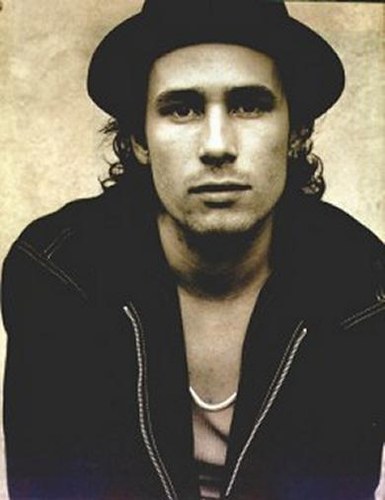I recently finished reading Never Let Me Go by novelist Kazuo Ishiguro. Frankly, I didn't really get to appreciate his writing until now. It's actually the first Ishiguro book I read from cover to cover. I tried to read one of his earlier novels, but it didn't hold my interest all that much-- I fell asleep and forgot about reading The Unconsoled after the 4th chapter (This was 2 years ago. Maybe one day I'll try to finish it). After that, I didn't bother to read any of his works. I know it's bad to judge an author based on one book, but at that time, I guess I was just looking for something more insightful and gripping minus those dragging pages that just wouldn't get to the point.
Set sometime between the early 1970s to the early 1990s, Never Let Me Go is a novel which narrates the life of Kathy H. from her childhood at a boarding school known as Hailsham to her life in the present day. She focuses on her relationships with lost friends, Ruth and Tommy, now that she’s a carer assisting organ donors. Apart from being a love story (between the characters Kathy and Tommy), it is classified as a dystopian novel. It begins during the advent of mass human cloning; an age where technological breakthroughs have been implemented, where there is a cure for cancer and the average human lifespan has been significantly prolonged.
Vintage cover design by Iris Weinstein
I decided to read Never Let Me Go after watching the film based on the novel. My brother invited me to watch it with him one summer evening. To my surprise, the film's storyline appealed to me; its heavy concerns were told with artistic restraint. I also found the ending insightful in relation to the tragic fate of its characters. Needless to say, I wanted to read the novel because I got to watch the film.
Most people would disregard reading a novel after watching its film adaptation. But, I urge you. There is truth in cliché. This novel offers so much more than what its film version represents. After reading the book, I found so many inconsistencies in the film. The whole story almost changed. I don’t want to be such a spoiler, but I just have to mention a few instances. Anyway, you’ll only understand what I mean if you read the entire novel.
· The character of Tommy in the film wasn’t very well depicted at all
· Kath did have sexual relationships with different clones in the cottage
· After seeing Ruth’s possible through a wide glass office window, they went on to follow her to an art gallery
· No tape got lost in the film
· Kath and Tommy found her lost tape at Norfolk
· The scene where Ruth gives them the Madame’s address happened when they visited the stranded ship, not while in the center
· And I can just go on all day about every compromised aspect of this novel…
screen cap and film poster image
*image from filmofilia.com
By now, I realized that screenwriter Alex Garland and director Mark Romenek could have done infinitely more to actually remain faithful to the characters and the events of the story. But, they didn't, they just had to have their way. It's almost like bastardizing someone's precious work. So many chapters were compromised and I actually felt so sorry for Ishiguro.
However, my saying this doesn’t mean it’s a bad film. In all honesty, I still think it’s beautiful and worth watching. If it was that awful, I’m sure I wouldn’t even try to read the book. I’ve simply accepted that it’s rare to find an adaptation that gives justice to the original material. It’s a given that a reader will somehow be disappointed upon watching any adaptation.
The novel had so much weight which failed to translate in the film. Although it was able to deliver poignant scenes thanks to actors that could really act, what disappoints me is the fact that the screenwriter deleted and changed so many events. It’s quite interesting to see how different people would treat the same story. After reading the book, I’m quite sure it’s possible to include some of the scenes; it wasn’t at all necessary to alter facts.
A screen cap from the film
(from left to right)
(from left to right)
Ruth, Kathy, and Tommy’s “get together” years after the Cottages
*image from spot.ph
But then, between the novel and the film, the insight in the film’s ending was really what captured me. Kathy’s character pondered on the concept of human resemblance: if clones were exact genetic copies of humans, then maybe what they experience during their lifetime as clones isn’t that much different from actual human beings. Like people, clones were portrayed to know love, joy, pain and suffering in this story.
If I were a clone…
It made me think about how I’d feel if I was told I did not have a soul. What if I’m just an animal to be harvested for my organs? I just feel chemical reactions. There is no love inside me. So what if I can write poetry and create beautiful paintings? What good is my intellect and consciousness? What good are emotions and relationships?
Wait, I shouldn’t even think that far. I’m not human.

























